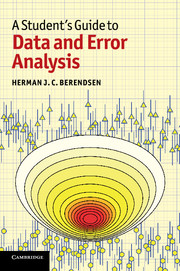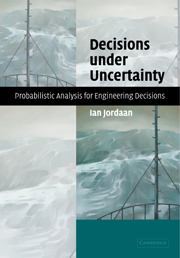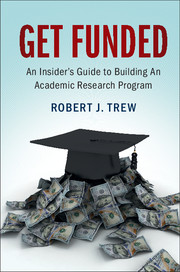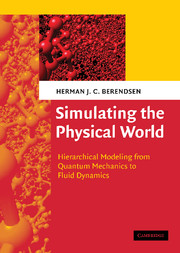A Student's Guide to Data and Error Analysis
All students taking laboratory courses within the physical sciences and engineering will benefit from this book, whilst researchers will find it an invaluable reference. This concise, practical guide brings the reader up-to-speed on the proper handling and presentation of scientific data and its inaccuracies. It covers all the vital topics with practical guidelines, computer programs (in Python), and recipes for handling experimental errors and reporting experimental data. In addition to the essentials, it also provides further background material for advanced readers who want to understand how the methods work. Plenty of examples, exercises and solutions are provided to aid and test understanding, whilst useful data, tables and formulas are compiled in a handy section for easy reference.
- A concise guide to bring students up-to-speed quickly
- Provides the essential equations and methods that students need to handle and present scientific data
- Includes data sets, units and additional background information in the appendices
Reviews & endorsements
"Overall, this would be a nice text or reference to accompany a short course in statistics for undergraduate science or engineering..also useful for researchers desiring a primer or review...Recommended." - CHOICE
Product details
May 2011Paperback
9780521134927
238 pages
226 × 152 × 13 mm
0.38kg
47 b/w illus. 12 tables 49 exercises
Available
Table of Contents
- Part I. Data and Error Analysis:
- 1. Introduction
- 2. The presentation of physical quantities with their inaccuracies
- 3. Errors: classification and propagation
- 4. Probability distributions
- 5. Processing of experimental data
- 6. Graphical handling of data with errors
- 7. Fitting functions to data
- 8. Back to Bayes: knowledge as a probability distribution
- Answers to exercises
- Part II. Appendices: A1. Combining uncertainties
- A2. Systematic deviations due to random errors
- A3. Characteristic function
- A4. From binomial to normal distributions
- A5. Central limit theorem
- A6. Estimation of the varience
- A7. Standard deviation of the mean
- A8. Weight factors when variances are not equal
- A9. Least squares fitting
- Part III. Python Codes
- Part IV. Scientific Data: Chi-squared distribution
- F-distribution
- Normal distribution
- Physical constants
- Probability distributions
- Student's t-distribution
- Units.







